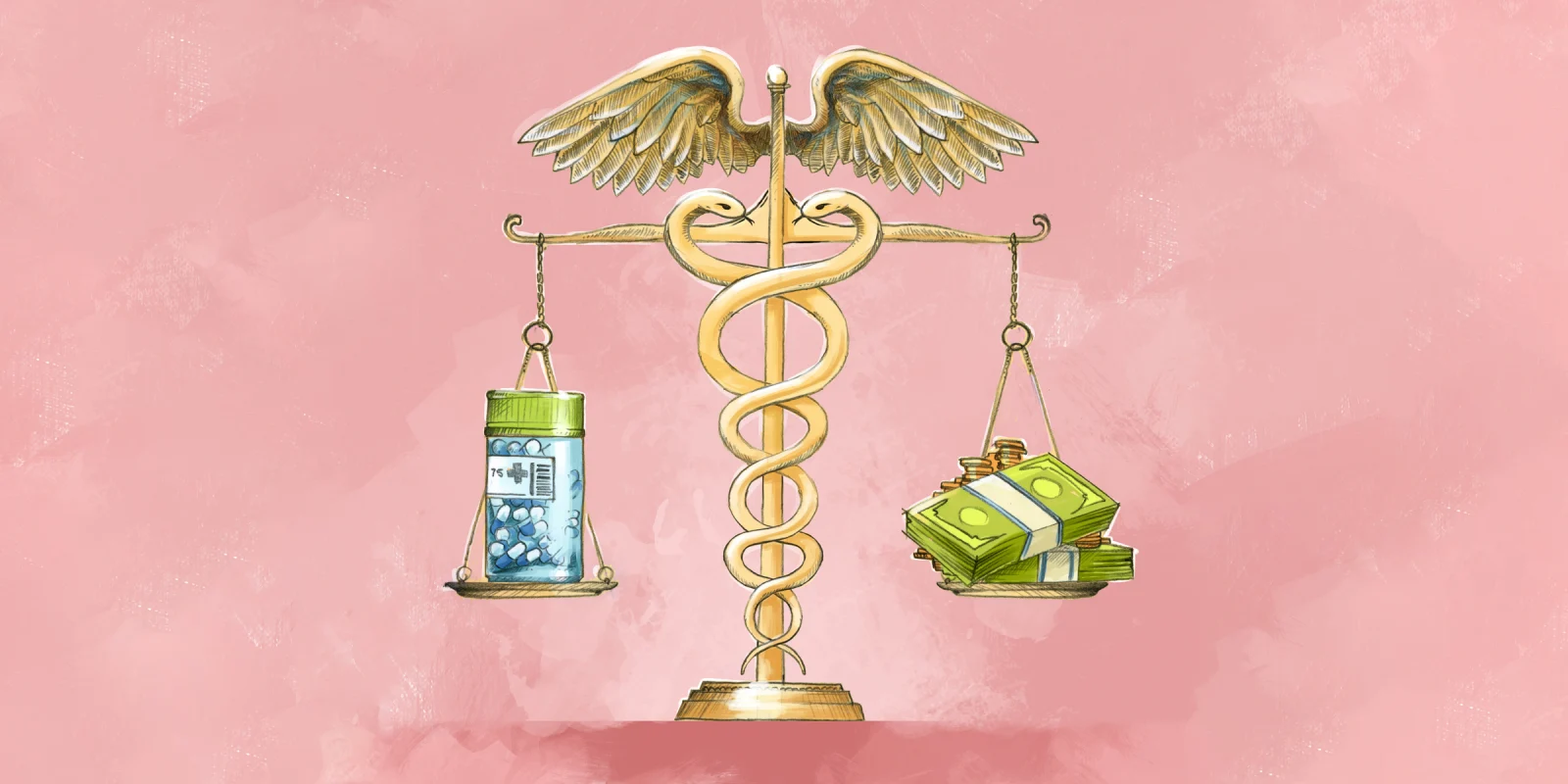In an ongoing effort to improve the affordability of health care services, CMS last year issued a final rule on health plan price transparency designed to give patients real-time access to cost-sharing information, including drug and treatment pricing.
The agency is betting on increased clarity to help address escalating medical costs. But the extent to which patients and overburdened doctors will be able to capitalize on this information remains uncertain.
Still, the requirements, scheduled to go into effect in stages over the next three years, should “reduce the secrecy behind health care pricing with the goal of bringing greater competition to the private health care industry,” according to a statement by HHS.
The timely decision comes just as prescription medication prices in the U.S., already high by most standards, reached new heights in early 2021. This January saw price increases for the most expansive list of medications in recent years, spanning 832 brand name and generic drugs at an average price increase of 4.6%.
Not even widespread dips in employer-sponsored health insurance due to COVID-related unemployment were able to stem the rising cost of medications.
“You would think that, during the pandemic, drug pricing increases might slow down with millions of people losing their health insurance, but that hasn't been the case,” Alyssa Billingsley, PharmD, director of pharmacy content at GoodRx, told Doximity.
In a recent survey, Billingsley’s colleagues found that nearly 40% of Americans reported having difficulty paying for prescriptions in 2020, and as a result had to change or stop how they were taking medications.
“Patients have had to dip into their savings and make decisions between basic necessities and paying prescriptions,” she said. “Many were managing costs by delaying refills, seeking cheaper alternatives, buying them overseas, or stopping altogether.”
At face value, the executive order appears to put consumers in the driver’s seat and rein in the high cost of care. It requires group health plans and payers to make data files for their health care services publicly available by January 2022. By January 2023, health plans must offer patients an online shopping tool showing negotiated rates and personalized cost estimates for their 500 most common services. And by January 2024, costs for the full range of services must be made available in the shopping tool.
“The overall intent [of the final rule] is to create more complete transparency and ultimately lower drug prices over time,” Billingsley said. “But to see the effect and benefit, we really need to buy in and have compliance from everyone involved in the process.”
For physicians and prescribers such as John Mafi, MD, a general internist and assistant professor at UCLA, the lack of transparency surrounding pricing of health care services has long confounded their ability to provide the best recommendations for patients.
“Opacity of the prices of health services can present a major barrier to providing high-quality primary care,” Dr. Mafi told Doximity. “Because they can lead to nonadherence to treatments and financial toxicity for our patients."
Echoing this sentiment, Mariana Socal, MD, PhD, who leads a course on pharmaceuticals and health policy at Johns Hopkins, has repeatedly found that physicians are often unaware of extreme price differences between generic and branded drugs.
“I think the most striking point is that, today, when physicians or prescribers are choosing the most appropriate treatment for a patient, there is no cost information that is immediately available to help them make a decision,” Dr. Socal told Doximity. “Often, it is not until a patient comes back to the doctor and reports that they were not able to take or maintain a drug recommendation that a prescriber is informed of the high cost.”
Communication Is Key
In the final rule lies an opportunity to leverage price transparency for more informed decision making. Yet this outcome seems to be largely dependent on collaborative efforts between patients and their clinicians.
As the end user, a patient will be able to look up prices for their health plan. But Dr. Socal noted the rule does not mandate comparative pricing between drugs and plans, which would be crucial for patients to be able to navigate pricing and opt into lower purchase options. What’s more, the typical consumer is unlikely to have the necessary clinical background to understand all of the available information.
From the physician’s perspective, the tool is not useful at the point of care without intimate knowledge of the patient’s insurance contract and plan, according to Dr. Socal. And so in most cases, there’s no immediately tangible results from having the price disclosures available.
“In order to make informed choices, one would have to have clinical knowledge and price information about clinical alternatives,” she said. “Right now, these information sources are in different hands — those of the patient and doctor — and we don't know if these pieces of information will come together easily.”
The implication for physicians and other prescribers is an increased need for communication with their patients.
“What we don’t know is whether this communication will occur, and how much burden this will place on physicians and patients,” she said. “If anything, it will add a layer of complexity to this dialogue … requiring more back and forth between patients and doctors.”
Further complicating matters, the order does not address direct and indirect remuneration fees, which could frustrate any windfall toward more affordable drug pricing. The Federal Trade Commission has stated on numerous occasions that, without tackling these oft-hidden fees, public disclosure of negotiated prices are likely to lead to lower discounts and higher drug costs for patients.
The literature also has shown that price transparency for health services and relying on “smart shoppers” does not have a dramatic effect on lowering spending, Dr. Mafi added. “So I don’t think, by itself, price transparency is going to be a panacea that dramatically lowers spending. But it is a necessary step, and a step in the right direction.”
At the end of the day, patients are most likely to take the recommendation of their primary care or referring physician, he said. “And so my advice to other physicians is to take the extra time and be especially mindful of pricing, because the patients really appreciate it.”
How do you believe the final rule on price transparency will impact your prescribing habits and communication with patients?
Disclosures: Alyssa Billingsley serves as director of pharmacy content at GoodRx, a health care company that operates a telemedicine platform and offers discount coupons and price tracking for prescription drugs. Dr. John Mafi is an assistant professor of medicine at UCLA and adjunct researcher at RAND Corporation. Dr. Mariana Socal is an associate scientist at the Department of Health Policy and Management of the Johns Hopkins Bloomberg School of Public Health, with a research focus on affordability and accessibility of prescription drugs.







